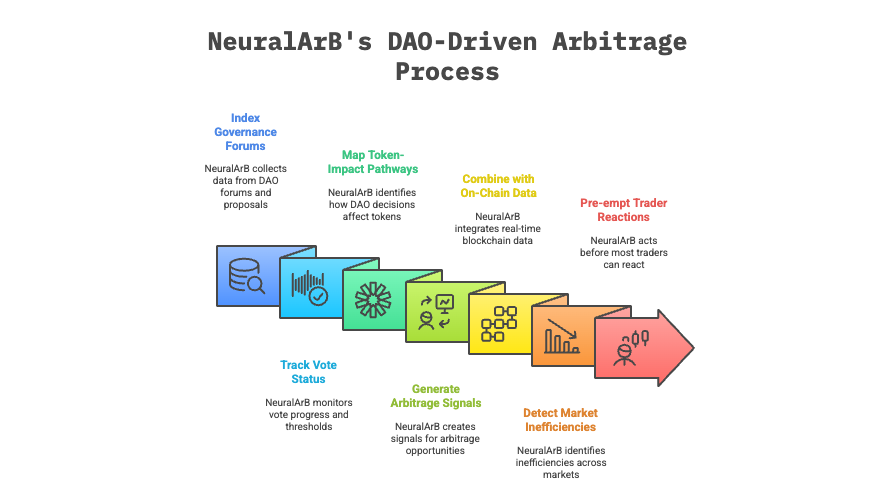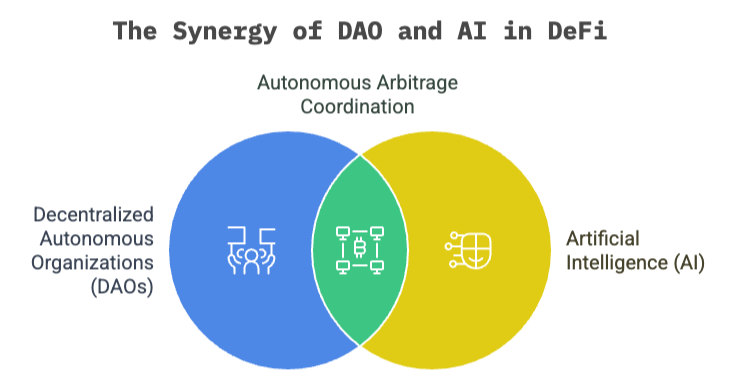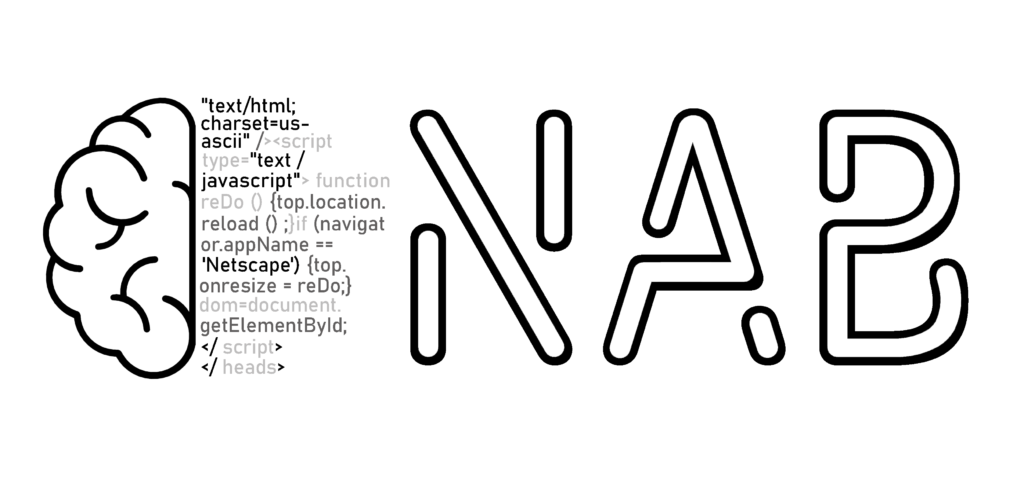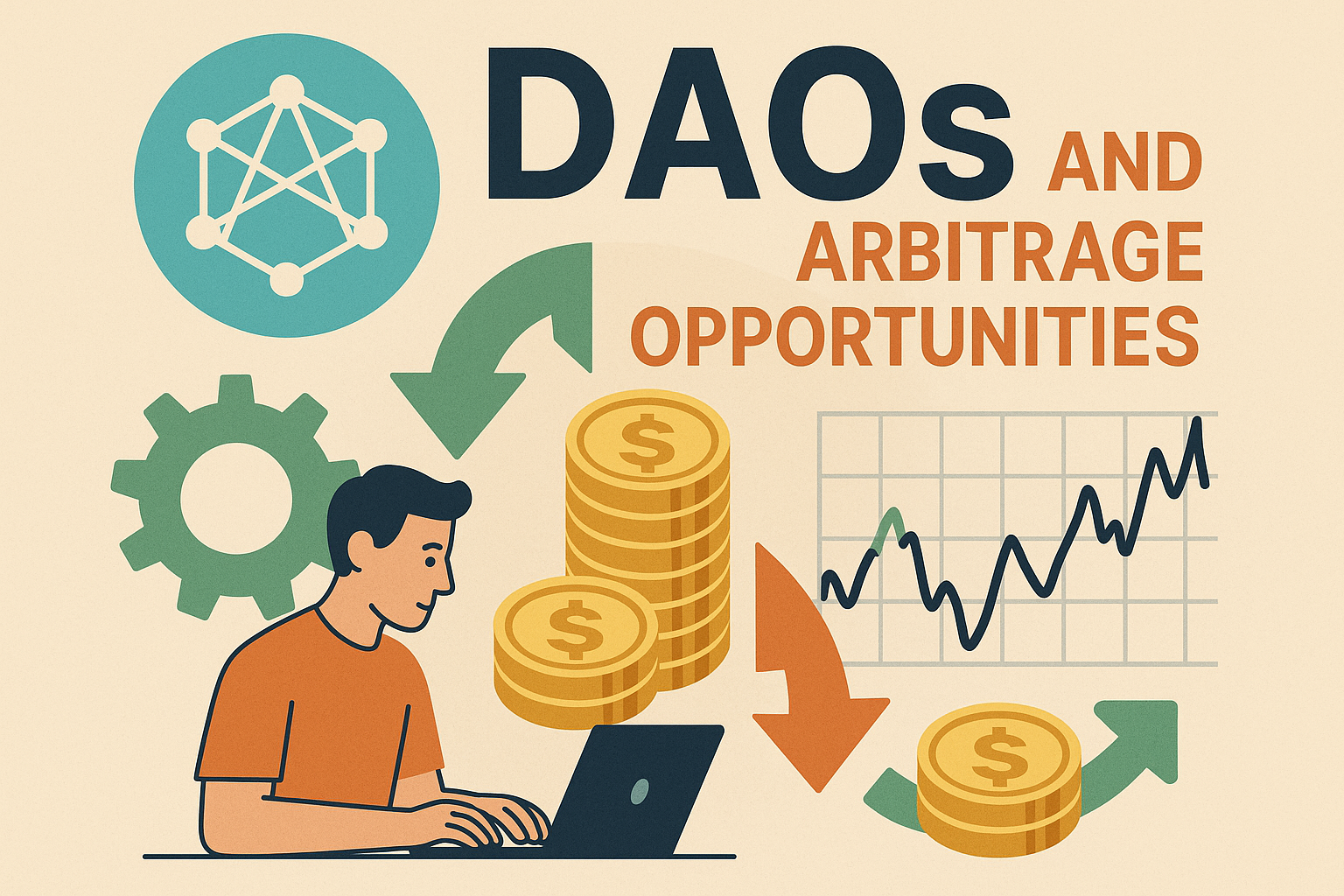As decentralized finance (DeFi) reshapes the financial landscape, Decentralized Autonomous Organizations (DAOs) have emerged as the governance layer for protocol evolution, treasury management, and on-chain voting. But beneath the philosophical ideal of collective decision-making lies a rich, often overlooked layer of arbitrage potential — one that AI-powered systems like NeuralArB are uniquely positioned to exploit.
This article explores how DAOs influence market structures, where arbitrage opportunities emerge within their operations, and how NeuralArB can algorithmically extract value from the decentralized governance economy.
🔍 1. What Are DAOs and How Do They Work?
DAOs are on-chain governance frameworks built on smart contracts, enabling token holders to propose, vote on, and execute decisions without intermediaries. Typical DAO responsibilities include:
- Managing protocol upgrades (e.g., DEX liquidity changes)
- Allocating treasury funds
- Approving incentive structures (e.g., liquidity mining)
- Setting token inflation or emission rates
Popular examples: Uniswap DAO, Aave DAO, MakerDAO, Arbitrum DAO
DAOs introduce a level of transparency and pre-visibility in decision-making that centralized systems cannot — and that’s where arbitrage becomes interesting.
📈 2. Where Arbitrage Lives in DAO Ecosystems
Unlike centralized institutions that guard sensitive information, DAO decisions are broadcast publicly — often days or weeks in advance. This opens windows of inefficiency where well-prepared actors can front-run structural changes.
A. Liquidity Incentive Arbitrage
DAOs often vote to increase or redirect liquidity mining rewards. Example:
- Aave DAO proposes increasing wstETH incentives on Optimism.
- Smart actors anticipate inflow of capital to wstETH pools.
- They pre-position liquidity before APR changes take effect.
🧠 NeuralArB can monitor DAO forums and proposal states to identify APR delta events and automate early positioning across chains.
B. Token Governance Arbitrage
Some DAOs hold diversified treasuries and rebalance based on governance votes. Example:
- MakerDAO treasury proposes swapping DAI for USDC.
- DAI price reacts on DEXs with temporarily widened spreads.
- Arbitrage arises between Curve, Balancer, and CEX pairs.
NeuralArB’s latency-aware model can detect these inter-protocol lags and capitalize on the rebalancing windows before liquidity stabilizes. (Read more: “The Role of Stablecoins in Crypto Arbitrage Strategies”)
C. Cross-DAO Proposal Latency
Many DAOs have governance interdependencies. For instance:
- Arbitrum DAO approves a grant to a protocol.
- That protocol’s token (ARB recipient) sees early accumulation.
- Yet the grant’s impact on token utility isn’t priced in until later.
This “governance asymmetry” creates multi-day price inefficiencies. NeuralArB’s AI model can correlate DAO voting timelines with protocol usage spikes and surface tradable edges.
🔁 3. Real-World DAO Arbitrage Cases
Case 1: Frax Finance DAO Emissions Shift
In Q1 2025, Frax DAO shifted emissions from FRAX/USDC to FRAX/ETH pools. For 72 hours, Curve pools showed 3–5% pricing inefficiencies due to uneven liquidity migration. Arbitrage bots profited from slippage on secondary pools before stabilization.
Case 2: Lido Governance Vote on Withdrawal Queue
A Lido DAO vote to shorten stETH withdrawal queues led to a brief re-pegging event. Traders using NeuralArB’s validator-aware latency model executed profitable swaps on Curve and Uniswap within seconds of the vote passing on-chain.
🤖 4. How NeuralArB Leverages DAO Activity for Arbitrage
NeuralArB has begun integrating DAO governance layers into its AI-based signal engine by:
- Indexing governance forums and Snapshot proposals from over 50 DAOs
- Tracking vote status, quorum thresholds, and execution timelines
- Mapping token-impact pathways (e.g., emission, liquidity, treasury)
- Generating event-driven arbitrage signals across CEX, DEX, and bridges (Read more about:

Combined with real-time on-chain data and AI-powered spread detection, NeuralArB can pre-empt DAO-triggered inefficiencies across markets — even before most traders react.
🔐 5. Future: DAO + AI = Autonomous Arbitrage Coordination?
In a future where DAOs become liquidity allocators, NeuralArB could evolve from an observer into a participant. Imagine:
- NeuralArB-powered agents voting within DAOs to shape emissions based on risk-reward modeling
- Autonomous bots adjusting arbitrage allocation based on DAO treasury actions
- Cross-DAO arbitrage routing where AI balances liquidity usage across chains

This convergence of autonomous governance and autonomous execution will likely define the next generation of capital efficiency in DeFi.
💬 Frequently Asked Questions (FAQ)
What is a DAO and how does it impact crypto markets?
A Decentralized Autonomous Organization (DAO) is a governance model for decentralized protocols where decisions are made through on-chain voting by token holders. DAOs influence market behaviors by reallocating liquidity, issuing governance tokens, or modifying protocol parameters. Their transparent decision-making process creates market inefficiencies, offering arbitrage opportunities.
How do DAOs create arbitrage opportunities?
DAOs often vote on changes like liquidity incentives, governance token emissions, or treasury reallocations. These decisions may cause temporary price discrepancies across exchanges or protocols. Traders using AI-driven systems like NeuralArB can detect these inefficiencies before they are priced in by the market, capitalizing on the arbitrage gaps.
How does NeuralArB leverage DAO governance for arbitrage?
NeuralArB’s AI system continuously monitors DAO proposals and voting outcomes. By tracking governance events and identifying changes in liquidity pools or treasury allocations, NeuralArB’s AI can predict arbitrage opportunities, execute trades in real-time, and maximize profits before the market adjusts.
What types of arbitrage exist within DAO ecosystems?
Common DAO-driven arbitrage strategies include:
- Liquidity Incentive Arbitrage: Identifying temporary price inefficiencies when DAO protocols change mining rewards.
- Token Governance Arbitrage: Profiting from price shifts due to treasury rebalancing or governance proposals.
- Cross-DAO Proposal Arbitrage: Taking advantage of governance proposal delays or asynchronous implementations between related DAOs.
Can NeuralArB help with cross-chain arbitrage in DAOs?
Yes! NeuralArB is designed to track arbitrage opportunities across multiple blockchain networks. By monitoring DAO-driven liquidity changes and governance events across different chains (Ethereum, Solana, Binance Smart Chain, etc.), NeuralArB can automate cross-chain arbitrage, ensuring trades are executed efficiently regardless of the network.
How can I track DAO activity and anticipate arbitrage opportunities?
NeuralArB tracks DAO voting mechanisms, governance forums (such as Snapshot), and on-chain proposal events. By integrating real-time data feeds and market signals, it forecasts upcoming DAO-driven shifts, identifying profitable arbitrage setups. Users can subscribe for live arbitrage alerts or utilize custom tracking tools.
What role does governance latency play in DAO arbitrage?
Governance latency refers to the delay between DAO proposal passing and execution of changes. During this time, market inefficiencies occur. NeuralArB leverages AI-powered latency models to exploit these gaps before the broader market reacts, offering a competitive edge to traders.
Are DAOs the future of crypto arbitrage?
DAOs represent the future of decentralized financial markets by offering transparent, predictable decision-making. Their evolving governance mechanisms will likely continue to create arbitrage opportunities, and platforms like NeuralArB will help traders leverage these inefficiencies, ensuring faster, more accurate arbitrage in the growing decentralized economy.
📌 Conclusion
DAOs don’t just govern — they create patterns. And where there are predictable patterns and governance delays, there are arbitrage opportunities.
By fusing AI, latency modeling, and real-time DAO analytics, NeuralArB transforms these slow-moving governance bodies into high-frequency trading signals. In doing so, it proves that arbitrage isn’t just about price gaps — it’s about predicting how decentralized structures behave before the market adjusts.
📬 Subscribe to NeuralArB for live governance-tracked arbitrage signals, smart routing insights, and DAO anomaly detection.
🔗 neuralarb.com


